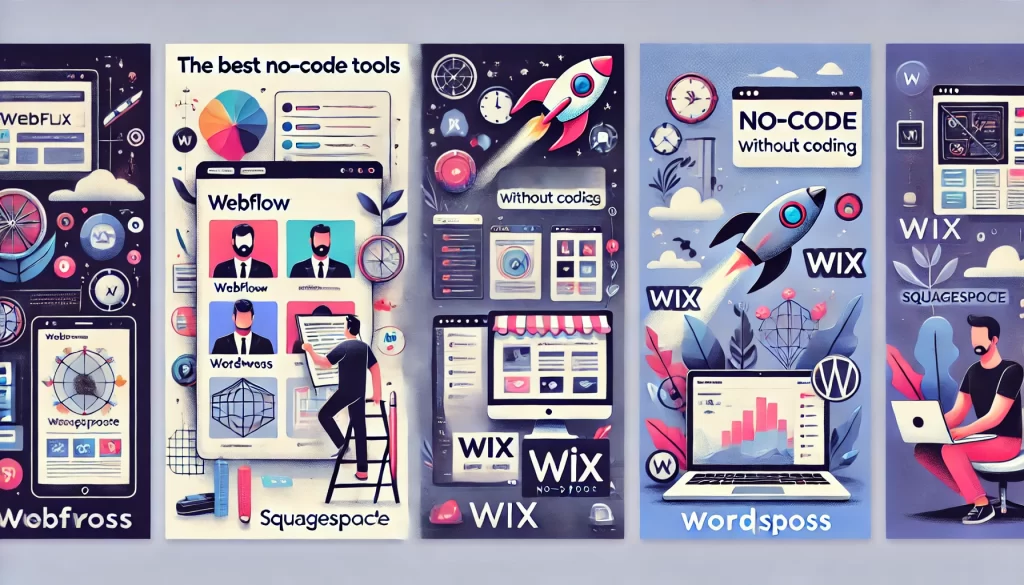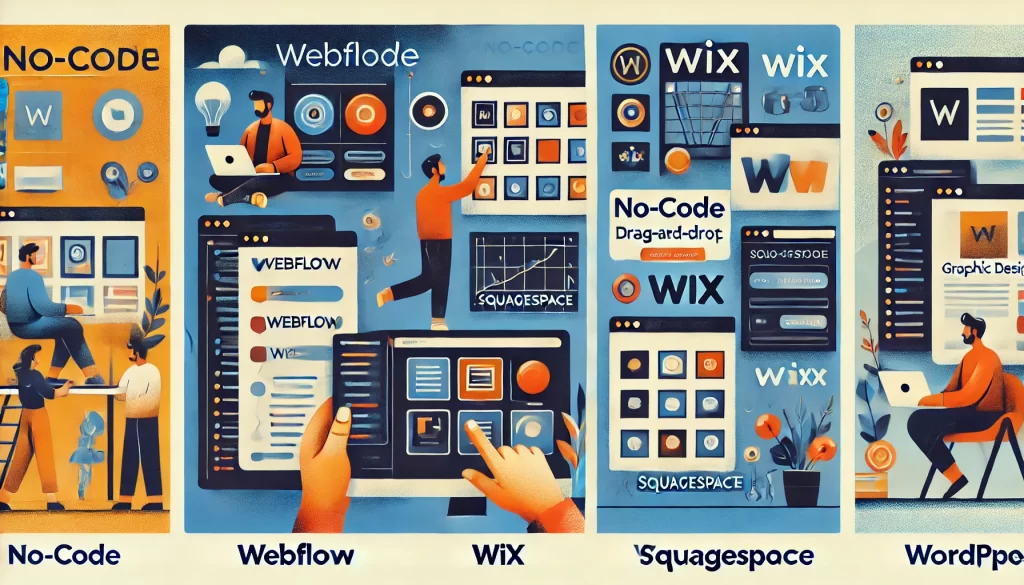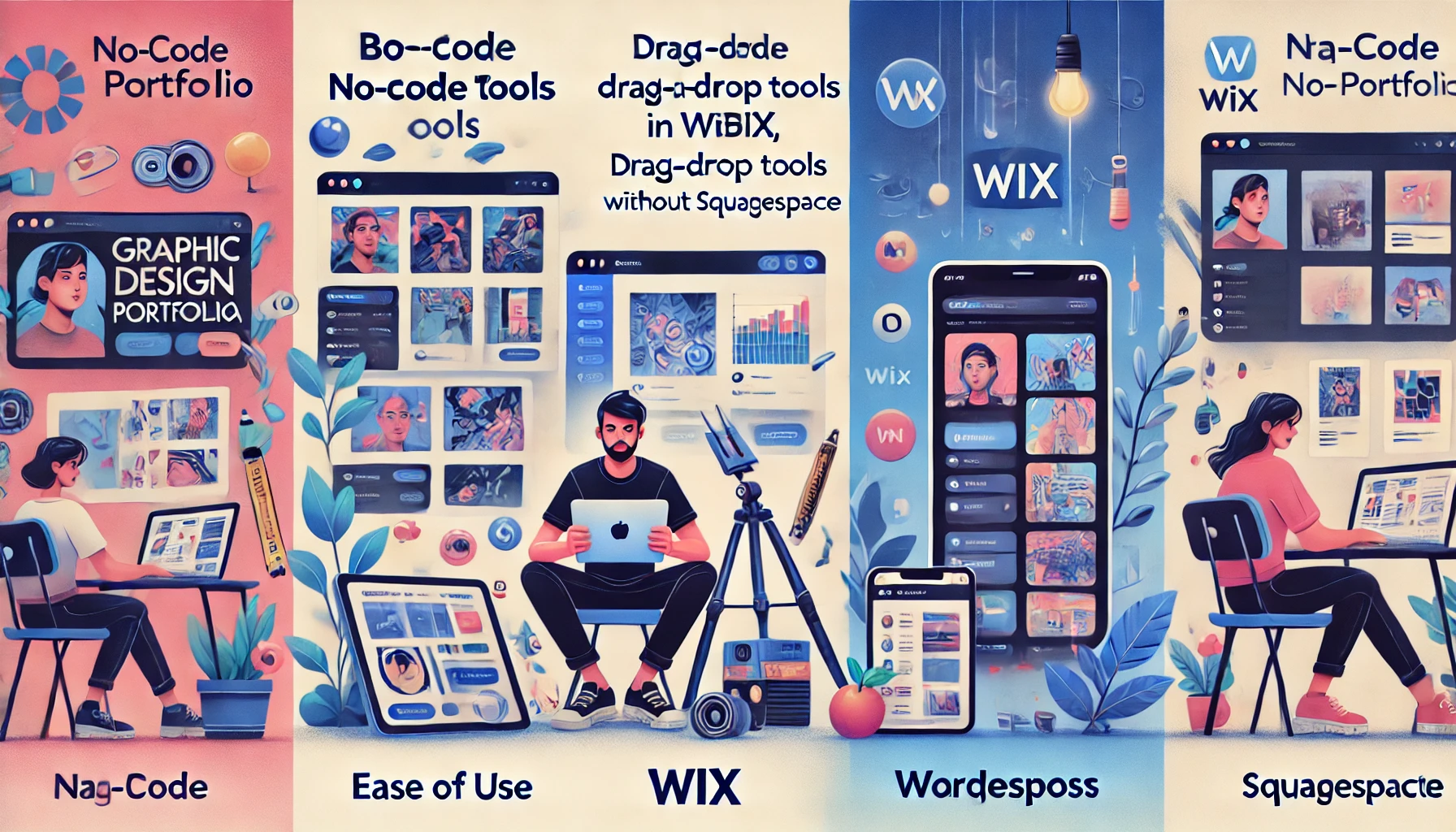Build Beautiful, Functional Portfolios Without Writing Code
Once upon a time, every designer needed a developer to build their website. Now? You can launch a professional, fully responsive graphic design portfolio in a weekend—without writing a single line of code.
As someone who’s worked on creative teams, run an agency, and built for clients across industries, I’ve tested every tool under the sun. What separates the best portfolio site builders isn’t just drag-and-drop ease. It’s how they balance creative freedom, performance, integrations, and long-term scalability.
Let’s break down what designers actually need from a site builder and which platforms deliver.

Suggested Posts:
• Monthly SEO Costs
• SEO Audit Timeline
• Best Recipe Search Engines to Find Recipes
What Designers Really Need in a Site Builder
You don’t just want to put images on a screen. You want:
- A stunning online portfolio for graphic designers that reflects your identity
- Total control over layout and typography
- Responsive performance
- Smooth visual storytelling (not template jail)
- SEO and analytics tools baked in
- Easy updates, blog support, and maybe e-comm or booking features
And ideally? Zero code required.
The Top No-Code Platforms for Graphic Designers
Webflow – Best for Design Control + Modern Visuals
If you want creative freedom without hiring a developer this is it.
Webflow is a favorite among digital designers who want pixel-perfect control. You design like in Figma, but build in a live web environment. It’s perfect for interactive portfolios, custom animations, and editorial layouts.
Pros:
- Full design flexibility no template lock
- Native CMS for case studies, blogs, galleries
- Clean code output, built-in SEO tools
- Powerful interactions and animations
Cons:
- Steeper learning curve than Wix or Squarespace
- Hosting and billing can be intimidating at first
Best for: Freelancers and creative studios who want to go beyond the template look.
Squarespace – Best All-in-One Simplicity
If you want to launch in a day and look professional—this is your tool.
Squarespace delivers designer-friendly themes, built-in hosting, SEO, blog, and commerce tools wrapped in a polished UX. While more template-bound than Webflow, the templates are elegant, responsive, and easy to customize.
Suggested Posts:
• Technical SEO vs On-Page SEO
• SEO Packages Pricing Models
• SEO Pricing Guide
Pros:
- Easy drag-and-drop site builder
- Beautiful pre-built templates
- Reliable hosting and security built-in
- Solid SEO settings for portfolio pages
Cons:
- Less freedom with layout and animation
- Not as scalable or “developer-friendly” if you grow later
Best for: Solo designers and small studios who value speed and simplicity.

Wix – Best for Speed + Variety of Templates
If you want a modern portfolio up today, with flexibility and extras Wix wins.
Wix has evolved dramatically. The editor now supports flex layouts, modern grids, mobile views, and dynamic content via its CMS. There’s also Wix ADI for ultra-beginner automation. It’s more powerful than most give it credit for.
Pros:
- Fast setup with AI-powered site builder (ADI)
- 900+ templates, many geared toward creatives
- Free plan (with Wix branding)
- Built-in animation and scroll effects
Cons:
- Custom code embedding is limited
- SEO capabilities are decent but not elite
Best for: Freelancers looking for a modern site with minimal effort.
WordPress + Elementor – Best for Power + Plugin Ecosystem
If you want control, and extensibility, and don’t mind a little learning—go here.
WordPress powers 40%+ of the web. Combined with Elementor (or another page builder), it becomes a no-code powerhouse with CMS flexibility, design control, and thousands of plugins.
Pros:
- Own your site (self-hosting available)
- Advanced design control via drag-and-drop
- Huge plugin library (SEO, performance, forms, galleries, etc.)
- Scalable for blogs, stores, bookings
Cons:
- Needs setup: domain, hosting, security
- Maintenance and plugin conflicts happen
Best for: Designers with tech comfort or who want to scale into client work and content publishing.
Adobe Portfolio – Best for Adobe Cloud Users
If you use Behance and want a fast, zero-hassle site, this is for you.
Adobe Portfolio is included with your Creative Cloud subscription. It integrates with Lightroom and Behance, making it ideal for quick project showcasing.
Pros:
- Free with Creative Cloud
- Behance and Lightroom sync
- Clean, focused layouts for showcasing work
- No coding required, super fast to launch
Cons:
- Not much customization beyond the basics
- No blogging or e-commerce
- Not ideal for SEO or lead generation
Best for: Designers just getting started or showcasing visual work only.
Cargo – Best for Experimental and Bold Visual Designers
If your work leans experimental, fashion-forward, or editorial—this is your space.
Cargo is less known, but beloved by visual creatives. It’s home to many cool graphic design portfolios with bold layouts, hover effects, and modular typography.
Pros:
- Unique, expressive layouts
- Easy to edit typography, grids, spacing
- Great for artists, illustrators, and multi-media creators
Cons:
- Not built for SEO or complex integrations
- Lacks advanced tools for scaling
Best for: Artists and visual designers who care more about vibe than metrics.
Feature Comparison: No-Code Builders at a Glance
| Tool | Visual Control | SEO Friendly | CMS | Hosting | Best For |
| Webflow | Yes | Yes | Yes | Yes | Advanced designers, studios |
| Squarespace | Yes | Yes | Yes | Yes | Freelancers, agencies |
| Wix | Yes | Yes | Yes | Yes | Beginners, generalists |
| WordPress + Elemento | Yes | Yes | Yes | Depends | Power users, bloggers |
| dobe Portfolio | Yes | No | No | Yes | Visual-only portfolios |
| Cargo | Yes | No | No | Yes | Experimental creatives |
Key Takeaways
The best portfolio website for graphic designers isn’t about trend it’s about fit.
If you need design freedom and interaction, go to Webflow.
If you want simplicity, Squarespace.
Want to scale with plugins? WordPress.
Launching your first showcase? Adobe Portfolio.
Need personality-first layouts? Try Cargo.
Just don’t let “I can’t code” hold you back. These tools were built so you could create without compromise.
- No-code website builders give graphic designers full control—without technical overhead
- Choose based on your goals: freedom, speed, scalability, or visual style
- Prioritize responsive design, SEO tools, and portfolio-specific templates
- Most platforms now support CMS, blogging, and basic e-commerce
- Your site’s success is less about which tool—and more about how you use it
FAQs
Which is the best website for graphic designers starting out?
Squarespace and Adobe Portfolio are great for fast, professional starts. If you want creative control, try Webflow.
Do these tools support responsive design?
Yes, all major platforms mentioned support responsive themes and mobile optimization.
Can I switch later if I outgrow a platform?
Yes, but migration may involve some manual work. Choose a scalable tool early if you expect to grow.
Are these tools good for SEO?
Webflow, WordPress, and Squarespace offer strong SEO tools. Wix has improved. Adobe Portfolio and Cargo are limited.
